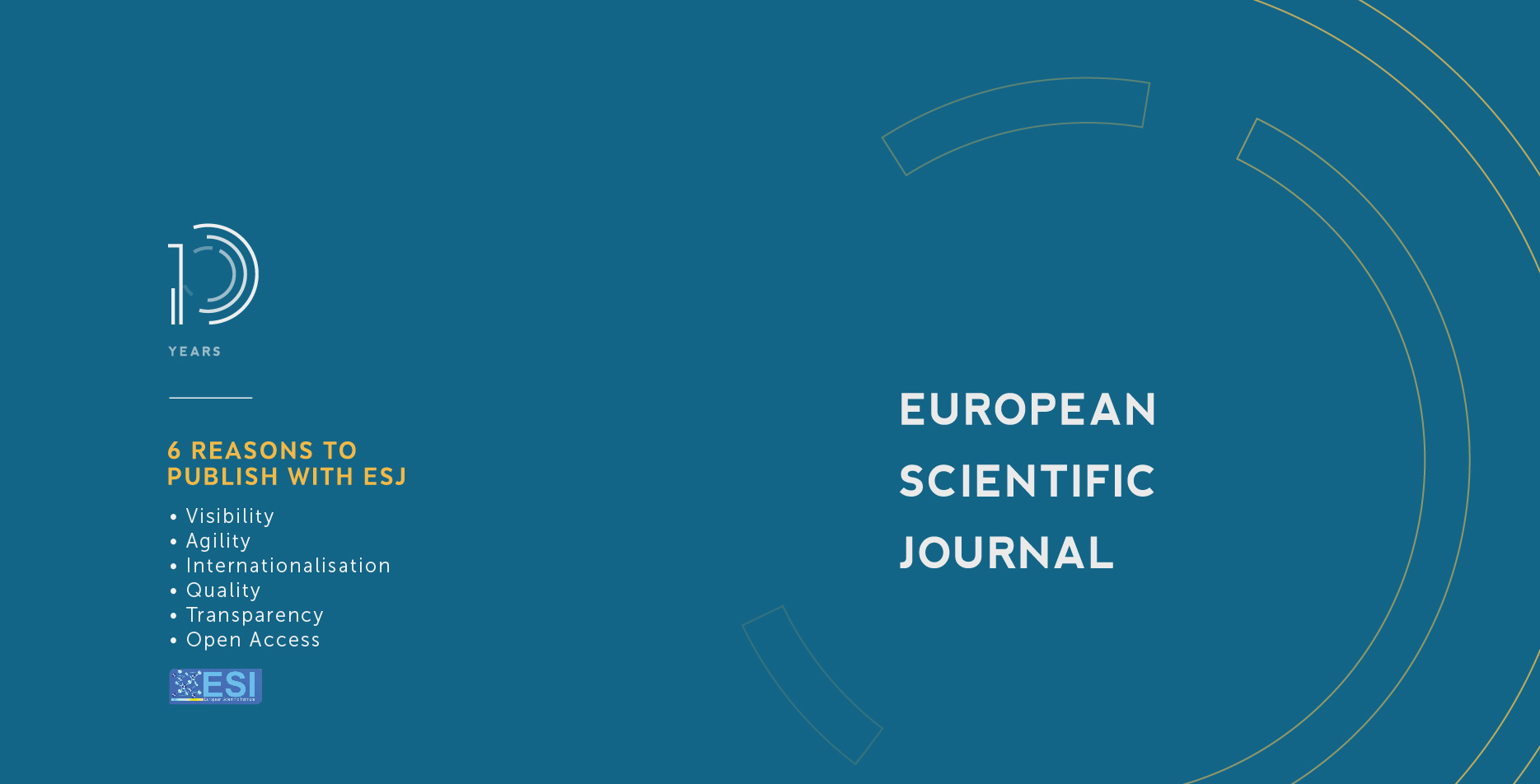Les Facteurs Associés Aux Calcifications Valvulaires Du Cœur Et Ou Des Gros Troncs Artériels Chez Les Hémodialysés
Abstract
Introduction: Le but de l’étude était de déterminer la prévalence ainsi que les principaux facteurs de risque associés au développement des calcifications valvulaires du cœur et/ou d’au moins un gros tronc artériel chez les hémodialysés. Patients et méthodes: Etaient inclus les patients qui avaient présenté à l’échodoppler cardiaque une calcification valvulaire du cœur et ou d’au moins un gros tronc artériel. Les variables suivantes avaient été étudiées : épidémiologiques, cliniques et paracliniques. Résultats: Sur 54 patients hémodialysés, 51 avaient été explorés parmi lesquels 39 présentaient des calcifications cardio-vasculaires. Les femmes étaient les plus touchées 66.67 % avec un sex- ratio de ½. Les calcifications valvulaires représentaient 64.1% et les calcifications vasculaires 76.9%. Les atteintes univalvulaires représentaient 68% suivies des atteintes bivalvulaires 24% et trivalvulaires 8%. Les calcifications des artères fémorales étaient les plus fréquemment rencontrées 63.3% suivies des artères iliaques 53.3 %. Conclusion: Les calcifications cardiovasculaires sont fréquentes chez les hémodialysés. Les principaux facteurs de risque liés à la survenue des calcifications étaient : l’hypocalcémie, l’hypo et l’hypercholestérolémie à LDL, l’hyper cholestérolémie totale et le taux sanguin de PTHi augmenté. La correction de ces troubles pourrait prévenir la survenue des calcifications.
Introduction: The purpose of the study was to determine the prevalence and key risk factors associated with the development of valve calcifications of the heart and/or at least one large arterial trunk in hemodialysis. Patients and methods: Patients who had presented with cardiac echodoppler a valve calcification of the heart and or at least one large arterial trunk were included. The following variables had been studied: epidemiological, clinical and paraclinical. Results: Of 54 hemodialysis patients, 51 were explored, 39 of whom had cardiovascular calcifications. Women were the most affected 66.67% with a sex ratio of ½. Valvular calcifications represented 64.1% and vascular calcifications 76.9%. Univalvular involvement accounted for 68% followed by bivalvular involvement 24% and trivalvular involvement 8%. Calcifications of the femoral arteries were the most frequently encountered 63.3% followed by the iliac arteries 53.3%. Conclusion: Cardiovascular calcifications are common in hemodialysis patients. The main risk factors related to the onset of calcifications were: hypocalcemia, hypo and hyperlolesterolemia with LDL, hyper hyper cholesterolemia and increased blood PTHi levels. The correction of these disorders would be a way to prevent the occurrence of calcifications.
Downloads
Metrics
PlumX Statistics
Copyright (c) 2021 Fousseny Diakité, Mohamed Sidy Seck, El Hadji Fary Ka, Ahmed Tall, Mohamed Moustapha Cissé, Abdou Niang, Boucar Diouf, Kane Moussa, Dioum Momar, Abdoul Kane

This work is licensed under a Creative Commons Attribution-NonCommercial-NoDerivatives 4.0 International License.








